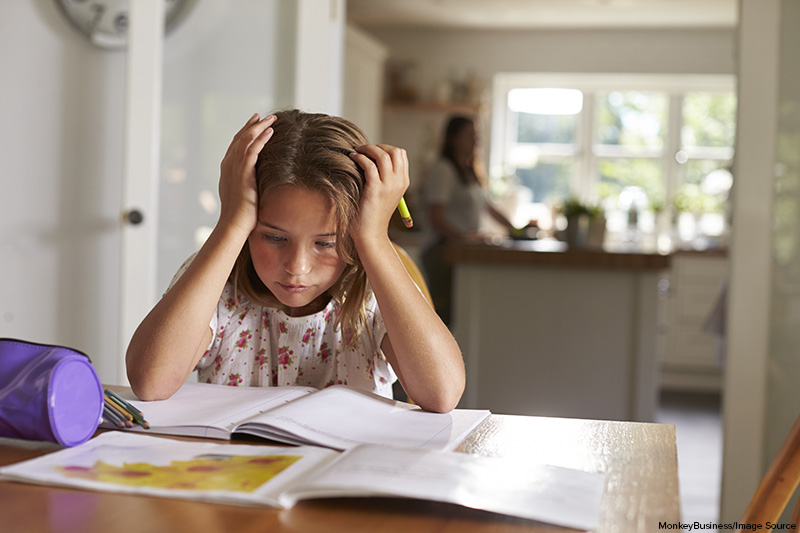
Before the COVID-19 pandemic broke out, most mornings you probably woke up to the sound of your alarm and wished you could just stay home and not go to school, right? Well, now that is happening, so how has your experience been? Have you enjoyed the opportunity to learn from home and develop new distance learning skills? If not, you’re not alone. In fact, most students across the country are struggling with the motivation and technical skills it takes to learn effectively while away from the classroom physically. Here, btw takes a look.
How Bad is the Problem?
Teachers are posting assignments online and holding virtual class sessions and office hours. Yet a recent poll revealed that nearly half of all public school students (47 percent) haven’t attended a single virtual class. (Private school students are doing slightly better, but the overall average of all students is still 41 percent.) So why aren’t students engaging? In some cases, it’s possible that the timing of the survey coincided with some districts’ spring breaks. But there are also other, more important factors to consider.
The Tech Gap
Distance learning requires you to have access to the necessary technology for communicating with your instructor. But an estimated 12 million students don’t have access to the internet in their homes. Furthermore, in most states, libraries are shut down, as well as restaurants and coffee shops, leaving these students in a bind without any other options. Many school districts have made an effort to supply their students with equipment and get them connected to the internet, but in some places, the need is simply overwhelming.

The distance learning model also assumes that students have a certain level of technological competence. But that isn’t always the case. While some students are technologically adept, others may spend more time struggling with how to access a virtual classroom than they do learning the material. And students are less likely to participate in a virtual class meeting in the first place if they’re intimidated by the technology involved.
The Mental Gap
Simply expecting students to make an effortless transition from online to distance learning is overly optimistic. Students are now being asked to learn from computer screens rather than in-the-flesh instructors and to communicate via email or group chat rather than simply raising their hands to ask a question in class. That transition takes time and it is more challenging for some students than others. Moreover, distance learning requires maturity and motivation that mNY students haven’t developed yet: it’s a lot harder to motivate yourself to “attend” a virtual class, and much easier to lose track of the work assigned when you never see an instructor face to face.
Let’s talk, too, about the emotional toll that the pandemic has taken on teenagers and young adults. Many are isolated at home, separated day in and day out from their friends and classmates. If that home happens to be unsafe in some way, or if there is food insecurity, then that student has lost the safety net that school once provided them. That’s not to mention the fact that most young people are tuned into the news and are deeply concerned about current world affairs. They may know someone who is ill, or someone close to them may have experienced job loss. If a student is stressed about her own health, safety, economic security, or the state of the world, she is a lot less likely to be able to focus on school assignments and attending virtual classes.
